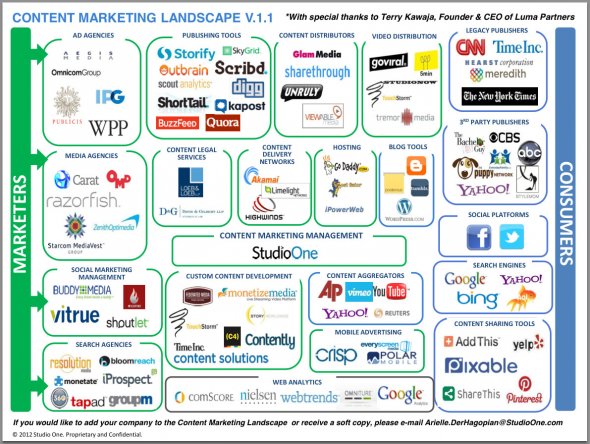
The Cult Psychology Behind MLMs

The tactics they use to bait and trap enthusiastic young mothers and hopeful freelancers…
A (MLM) friend I had not heard from in years, pop uped in my LinkedIn last week all chipper and cheery "Been Forver, How ya Bee, World has gone crazy". I reponded I was fine, still working on Markethive, asked her how the husband was. "She resonded with a new pitch into her latest deal.
I knew it was coming, seems there is just a ceratin type person that does MLM, and I have come to the conclusion MLM attracts sociopaths and operates like a cult dragging people behind them for years (think Onpassive)
Since they were developed in the 1950’s, multi-level marketing schemes have been a controversial, hot-button topic. Anybody with a Facebook or Instagram account has probably felt the effects of MLMs — whether you’ve been pitched a product yourself or watched someone else fall down the rabbit hole.
What exactly is an MLM and how do they work?
MLMs, or multi-level marketing schemes, are businesses — and I use that term loosely — that sell their products through distributors rather than retail or online stores. Popular examples include Mary Kay Cosmetics, Herbalife, Amway, LulaRoe, doTERRA, Scentsy, and Avon — just to name a few.
In most cases, no special training or sales experience is needed to become a distributor. As long as you can pay the initial “investment” fee, MLMs are more than willing to have you.
The real trouble begins once you become a distributor. Not only do you usually have to pay an initial fee to join, but you’ve also got to buy a “starter kit” of products to sell. Depending on the MLM you join, this can run you anywhere from $50 to $5,000.
The idea, of course, is that once you sell all the inventory you’ve bought from the company, you’ll end up making more than you originally spent. Unfortunately, even if you are able to sell all your inventory (which is a challenge unto itself), you still only make a percentage of what you sell — the MLM gets a cut and every distributor in your “upline” does too. Uplines and downlines work like this: you get recruited by somebody who was recruited by somebody who was recruited by somebody — and this goes all the way to the top. Most of the time, distributors don’t make any money by selling products, but by recruiting someone else to join the MLM. The more people you have in your downline, the more potential (and passive) income you get.
There is one major problem with MLMs: you don’t actually make any money. A website, MagnifyMoney.com, surveyed 1,049 multi-level marketing scheme participants — from a variety of MLMs — and found that most people were making less than 70 cents an hour (before deducting business costs) and 60% of participants said they had made less than $500 in the past five years.
For about $100 of annual profit, the fact that anybody would stay in an MLM for five minutes let alone five years seems ridiculous.
To understand how MLMs are able to drag their profitless participants along for years, we need to examine MLMs — not as businesses — but as cults. Multi-level marketing schemes might not be religious organizations, but they’re certainly forcing their participants to drink the kool-aid.
Rick Ross, the Executive Director of the Ross Institute for the Study of Destructive Cults, Controversial Groups, and Movements, highlighted several cult warning signs to watch out for. When applied to MLMs, many of these warning signs ring true.
1. Absolute authoritarianism without meaningful accountability
In some ways, multi-level marketing schemes are a brilliant business model — but only for the people at the top of the company. Whenever someone enters an MLM, they buy a “starter kit” — which could potentially be hundreds or thousands of dollars worth of inventory. The person who bought the starter kit thinks they’re making an investment, but the company is just making a sale.
It doesn’t really matter what the distributor does with that inventory once they have it — what matters is that the company has already made money, and any commission the distributor makes from that inventory is just icing on the cake.
The problem this system creates is a lack of accountability on the MLM’s side. People enter into MLMs with the mindset that they’re going to get rich — or, at the least, make a decent amount of side-income. As long as they think there’s a pile of cash at the end of the rainbow, people will go into debt while trying to make money in an MLM.
Not only is this financially and emotionally stressful for the people inside MLMs, but it also places a strain on their loved ones too.
In an online complaint board, one woman, dubbed Valerie, detailed the horrifying experience she faced when her husband became an Amway distributor:
When I realized my husband would never be able to bring himself to do the things they asked in order to “build the business”, I asked, and then begged that he stop spending the money on books and tapes, seminars and major rallies.
He just kept going on with it, and the longer it went the more I realized that the primary reason we could not get any real help from our upline was that they were already making plenty of money from us off of their share of the tapes, books, seminars, and rallies. — Valerie, complaintsboard.com
Amway, like any other MLM, does not care about their distributors. Distributors don’t care about other distributors. People, like Valerie and her husband, go broke or fall into debt while chasing the unrealistic success dangled by MLMs. Ultimately, this doesn’t affect an MLM — not when they have hundreds or thousands of other participants that will keep throwing their money into the company.
When asked about the psychological or financial hardship that some participants face, one multi-level marketing scheme, Lula Roe, responded:
“Retail is not for everyone. Retailers own their own business and make their own decisions…The success of any business depends on its leader’s own respective and independent business goals, and the strategies they employ to achieve those goals.”
While there may be some truth in this statement, Lula Roe’s lack of accountability for their employees is almost disturbing.
When these MLMs hold all the cards but refuse to take responsibility for any damage their business model causes, it creates a dangerous psychological and financial situation for their distributors.
2. No tolerance for questions or critical inquiry
Sooner or later, the participants, or their concerned loved ones, begin to question the authority of the MLM. They begin to realize that they’re spending money, not making it — and they want to know why.
When Valerie questioned the other distributors of Amway, her criticisms were ignored, and they continued to manipulate her husband:
Finally I asked our oh-so-caring sponsors to talk to him and get him to drop the business since he was obviously not going to work it. Instead, they encouraged him to continue having contact with them behind my back, he got a credit card that I did not know about and put $6,000 on it while pulling the bills out of the mail so that I never saw them.
This was because I was working a second job to try and pay off the other two credit cards, 80+% of which were charged up with Amway crap. I was giving him $400 a month that he was supposed to be directly applying to charge cards. Instead, he was making the minimum payments and spending the cash on more motivational crap. They told him he was doing the right thing because once he became successful it would all be made up to me, in spades. — Valerie, complaintsboard.com
Most companies, when facing backlash from their employees, would try to address the claims. MLMs, however, teach their employees to shame anybody who says a bad word about the company.
Douglas M. Brooks, an attorney who represents victims of pyramid schemes, describes what happens when a distributor questions the MLM’s authority:
…you’re trained to avoid people who question whether this is a viable business or not. Which is exactly the same technique that cults use — they try to isolate you from people who question your belief system. I’ve been contacted by a number of people who deal with cult survivors, and some of their clients are former MLM people. — Douglas Brooks, qz.com, “MLMs like Avon and LulaRoe are sending people into debt and psychological crisis”
Not only do MLMs take no accountability for their actions, but they’ve designed their system in a way that blames the distributors for any loss they experience, and shames them for asking questions.
3. No meaningful financial disclosure
Some of the top MLMs take in millions of dollars. Lula Roe, for instance, went from zero to $2 billion in less than ten years. That would be incredible — except that most of that money is coming from their distributors, not actual customers.
Becoming a Lula Roe retailer is not cheap. Buying a startup kit from Lula Roe starts at $4,900 and that’s not including any other business costs — like inventory storage, business cards or extra hangers. Some entrepreneurial websites estimate that it takes up to $15,000 of investment into Lula Roe before you begin to see a profit.
The point is, even though Lula Roe and other MLMs disclose the amount of money they pull in, they don’t necessarily point out that this money isn’t from selling products, but from recruiting distributors. They fool participants into thinking they’re “starting their own business”, but the distributor is actually the customer.
4. Unreasonable fear about the outside world
Okay, so MLMs aren’t locking people up in bunkers and telling them the world is ended. However, they are, in their own way, promoting fear about the world outside of MLMs and isolating their distributors.
The target audience for MLMs is usually mothers. Stay-at-home moms looking to generate a little side-income are drawn by the possibility of getting rich while working flexible hours. They’re also often attracted to the sense of belonging and community that an MLM provides.
If all of your closest friends sell doTERRA essential oils (and constantly boast about their success), you’d probably want to sell essential oils too — if only to fit in.
Unfortunately, once someone is in an MLM, they may begin to realize just how hard it is to sell products or recruit others. Since you’re not able to own a store or even sell a unique product, your customer base is limited to family, friends, and people you meet on the street. MLMs encourage their members to sell this way, too — sometimes by providing scripted Facebook or Instagram posts.
When you’re trying to pitch a product to everyone you know, people get upset. Even if they don’t chew you out for it, they’ll probably stop hanging out with you. This is an understandable reaction, but it also forces participants to fall back on their “MLM family” for support — leading them further into the world of MLM until that’s all they know.
When these participants do want to leave their MLM, they find it’s a lot more difficult than just quitting a job — their MLM has become their family and closest confidants.
5. There is no legitimate reason to leave
Despite losing hundreds or thousands of dollars, distributors struggle to “get out” for two main reasons:
- The promise of potential wealth. Oftentimes, MLMs will advertise special prizes or rewards for their retailers, while also toting their top 1% of successful distributors for all to see. Who wouldn’t be enticed by the possibility of a new car or thousands of dollars? Especially when all you need to do is just stick it out just a little bit longer, invest a little more money, work a little harder…
- As mentioned before, participants have been isolated from their peers, and have often become ingrained in their MLM “community”. Not only would the other members shame them for leaving, but they’d be losing their friends too.
Carolyn, a former director for Mary Kay, shared about her experience of leaving Mary Kay in an article on PinkTruth:
I was heartbroken to walk away. I loved Mary Kay and all I thought it had done for my family. All of my Mary Kay friends started to cut ties with me. I learned through the grapevine that “I made myself look like a failure when I returned my inventory”. Nothing I had done in 10 years of commitment, growth, overcoming obstacles, dedication to the people in my unit, dedication to Mary Kay’s dream … nothing meant anything to the people who were supposed to be my friends after I quit. — Carolyn, Pinktruth.com, “Mary Kay is Set Up So You Can’t Succeed”
For these reasons, many participants stay in MLMs far too long — maybe long enough to rack up debt.
6. Former members often relate the same stories of abuse
Those who manage to make it out of MLMs rarely have good things to say. The internet is full of former MLM members warning others about the deception of these companies.
One former retailer for Mary Kay, dubbed as ‘Sad in Pink’, wrote about the lies she was fed by Mary Kay:
MLM is without risk. In MK, we are told that the company will buy back your inventory at 90% of your cost.
TRUTH: The company finds many ways to reduce the amount you get back by taking out the cost of awards, prizes, car expenses (if unpaid), chargebacks if any of your team members leave before they mail your check. They don’t refund any of your out-of-pocket costs for training, supplies, postage, gas, etc. and those add up fast. Plus, you face debt if you came in with a big inventory and cannot move it. I personally have several friends who moved up to directorship and are now in DEEP debt. They were not lazy and they made every effort to move up. But it does not work! — ‘Sad in Pink’, Pinktruth.com, “The Truth About the Mary Kay Lies”
Often, it’s only when someone leaves an MLM that they begin to realize just how much they were being influenced or deceived — much like an actual cult.
7. Followers feel they can never be “good enough”
Besides financial devastation, MLMs also dabble in psychological abuse (if you haven’t already picked up on that). It’s obvious that most participants don’t make money — yet MLMs only advertise the success of rare distributors who do profit.
This tactic makes most retailers feel like failures — surely if they could just work hard enough, they’d get rich, right? That’s the attitude that MLMs, and other distributors, try to promote.
As time goes on and participants only lose money, their self-esteem diminishes and they feel at fault for their failures. Anytime they attempt to blame the MLM’s system, the blame is only shifted back to them by other distributors who are unwilling to accept criticism about the company. This, coupled with financial devastation and conflict with loved ones, makes for a nasty cocktail of psychological crisis.
Multi-level marketing schemes may try and masquerade as legitimate, profitable organizations, but their business practices resemble cults more than actual companies.
This article curated from https://pricelindy.medium.com/the-cult-psychology-behind-mlms-f9426e8601e7
Written by  Lindy
Lindy
Can you think of any MLMs that abused you before you finally quit?

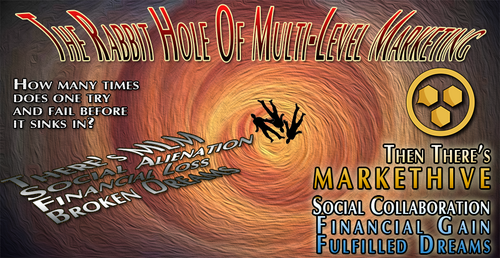
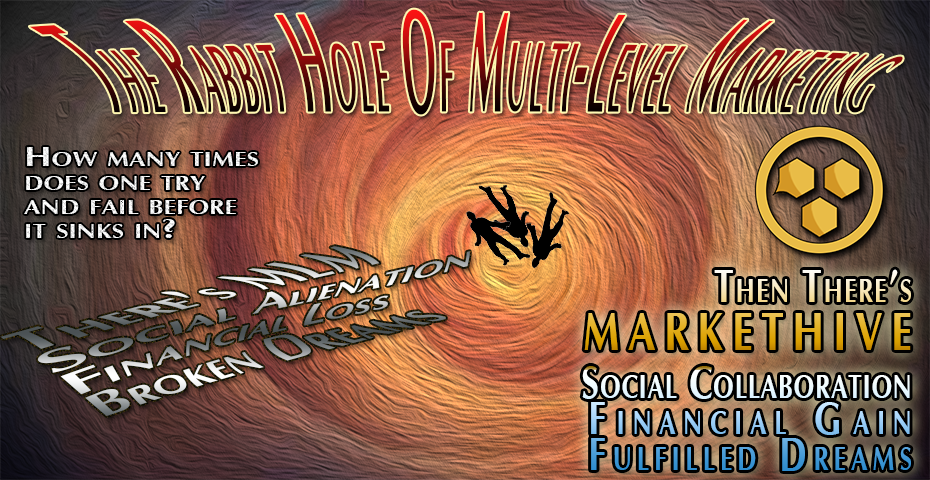
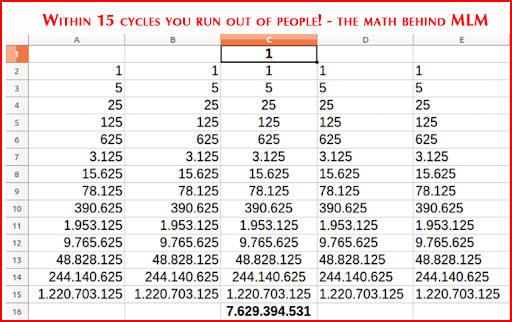
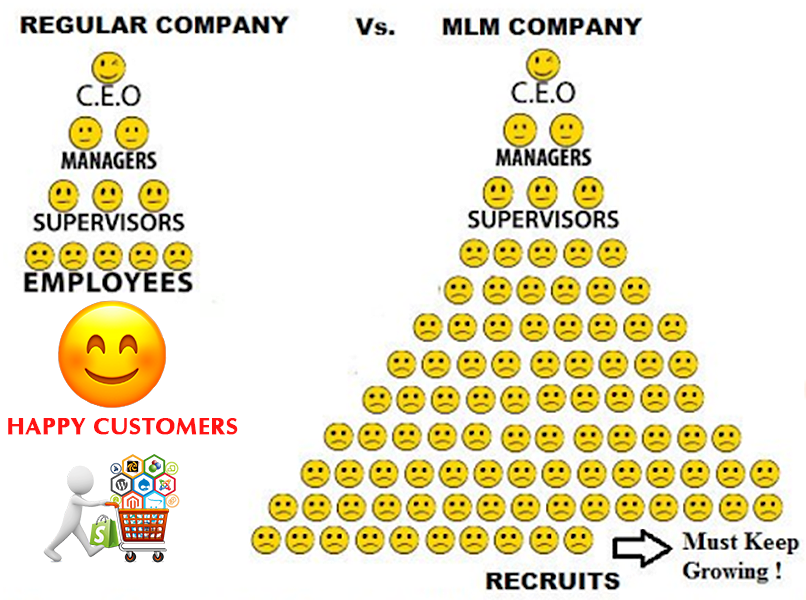

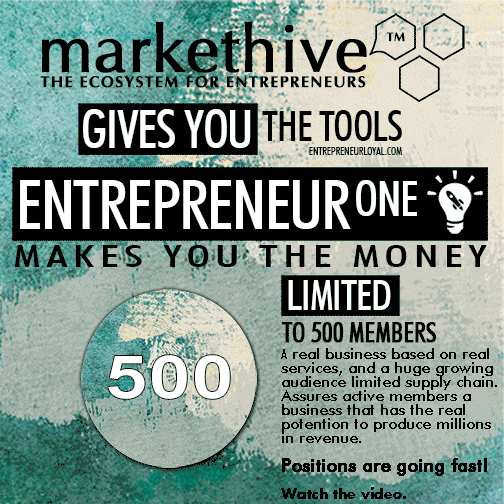






 Record low interest rates in the UK is causing a headache for savers. Keeping money in the bank with a paltry return is questionable, yes your money is secure but it will produce little growth.
Record low interest rates in the UK is causing a headache for savers. Keeping money in the bank with a paltry return is questionable, yes your money is secure but it will produce little growth. The main ingredient that gets results in the coffee is garcinia Cambogia. A supplement derived from a fruit called tamarind. It effectively kills your appetite especially if you have it first thing before eating anything else.
The main ingredient that gets results in the coffee is garcinia Cambogia. A supplement derived from a fruit called tamarind. It effectively kills your appetite especially if you have it first thing before eating anything else.